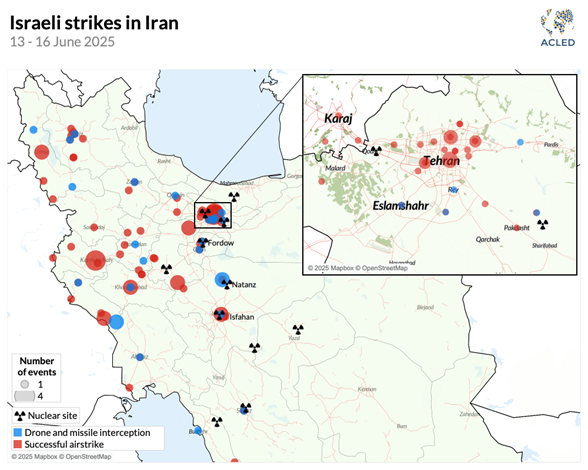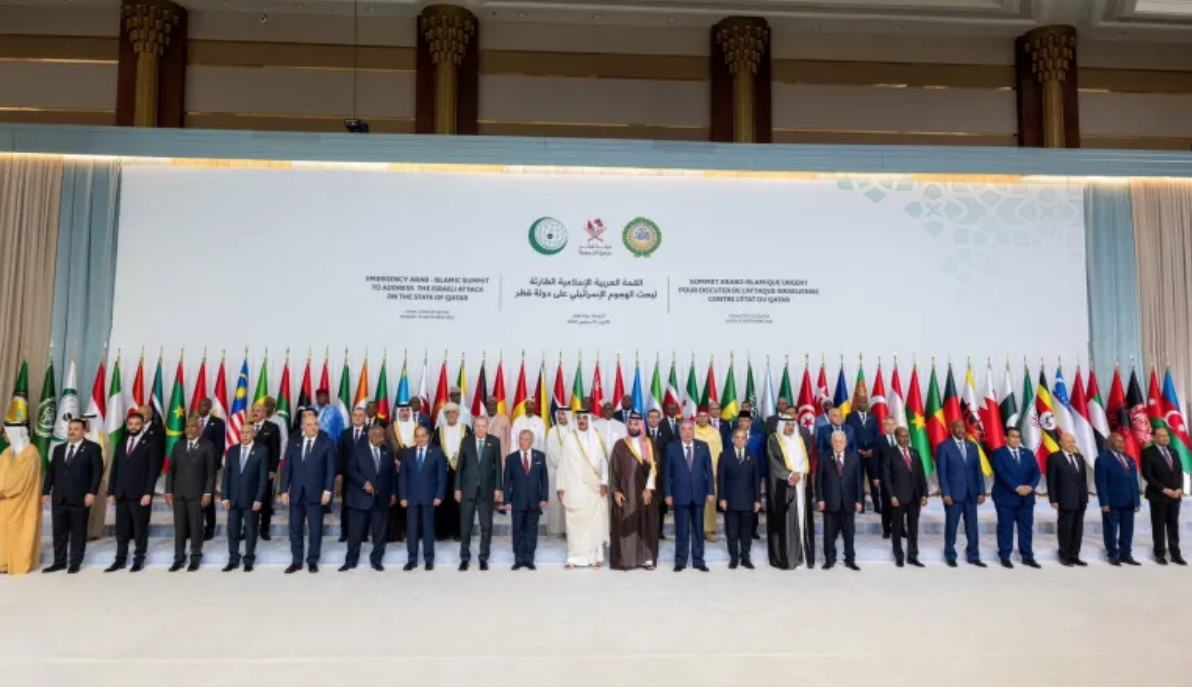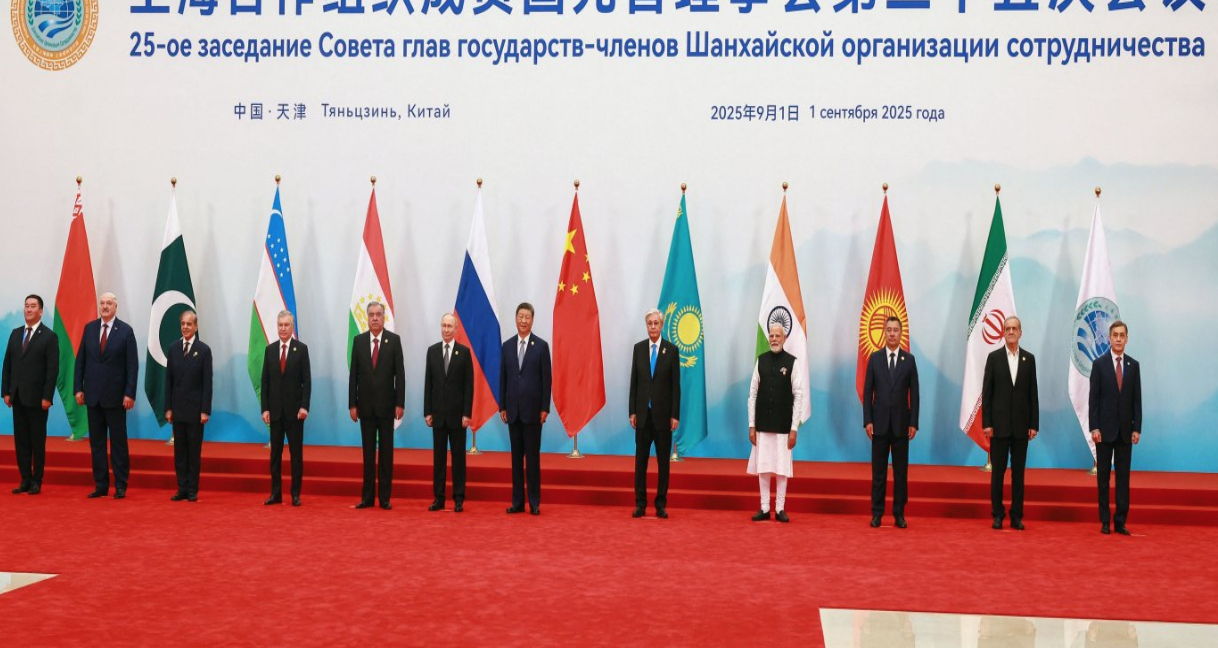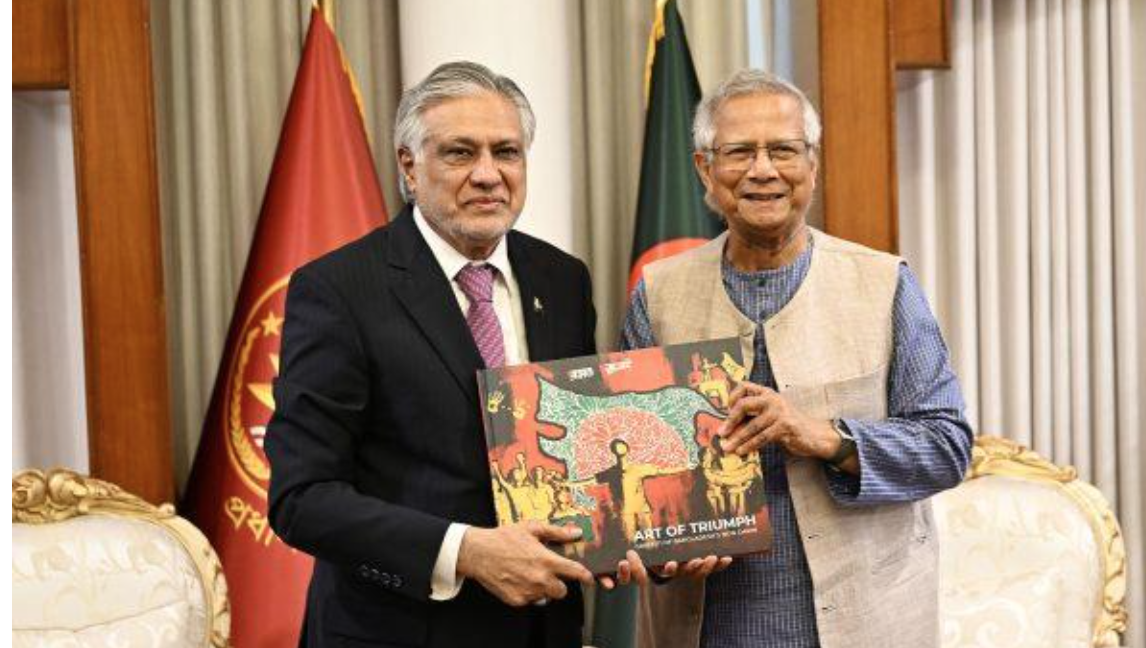The June 2025 Israel-Iran conflict marked a decisive escalation in the region’s volatile balance of power. What began as a meticulously orchestrated Israeli operation “Rising Lion” quickly evolved into a multidimensional war that redrew strategic boundaries and redefined regional deterrence. Israel’s dual-pronged offensive, combining pre-positioned explosive drones and massive airstrikes across Iran’s nuclear and military infrastructure, demonstrated an unprecedented level of operational sophistication. Yet behind the tactical success lies a deeper geopolitical reckoning: the emergence of an emboldened Israel and a weakened but defiant Iran navigating an existential crisis.
The initial shock-and-awe campaign decapitated key nodes of Iran’s command and control network, killing senior military and nuclear personnel and crippling radar and communications systems. The limited Iranian response of around 100 retaliatory drones reflected both the paralysis of its command structure and the effectiveness of Israeli intelligence penetration. Over the subsequent days, Iran launched more than 550 ballistic missiles and 1,000 drones at Israel, but with minimal effect. Civilian casualties in Israel remained low, underscoring the asymmetry of capability between the two powers.
The involvement of the United States transformed the conflict from a regional confrontation into a global strategic test. American strikes on Fordow, Natanz, and Esfahan dealt severe damage to Iran’s nuclear facilities, but not enough to erase its latent capacity. The US assessment that Iran could still produce a nuclear weapon within a year underscores the limits of air power in eradicating nuclear potential. Intelligence leaks surrounding the extent of damage only intensified the “war of narratives,” revealing how information warfare now shapes perceptions of victory as much as battlefield outcomes.
Israel’s motivations extend beyond immediate security concerns. Having dismantled much of the Iranian-backed “Axis of Resistance” and neutralised threats from Hamas and Hezbollah, Israel seized a strategic window to assert regional dominance. Prime Minister Netanyahu’s long-standing assertion that Israel must “live by the sword” has materialised into a doctrine of offensive deterrence, and one that consolidates hegemony through pre-emptive warfare and territorial entrenchment. Israel’s seizure of territory in Syria and southern Lebanon signals a transition from defensive survivalism to expansionist assertiveness.
For Iran, the implications are existential. The regime faces a credibility crisis compounded by internal vulnerability, economic decline, and deep Israeli infiltration of its intelligence apparatus. Allegations of foreign tech collaboration enabling Israeli cyber-operations have further eroded public confidence. While Tehran retains the technical basis to rebuild its nuclear program, domestic instability and international isolation constrain its strategic options. Expedited enrichment, once a hallmark of defiance, now risks inviting even harsher retaliation.
The broader Middle Eastern landscape reflects shifting alignments. Saudi Arabia’s recalibration: ending its feud with Qatar, withdrawing from Yemen, and cautiously engaging Iran signals a pragmatic focus on domestic transformation under Vision 2030. China’s restrained diplomacy and Russia’s subtle signaling highlight an emerging multipolarity where great powers prefer influence without entanglement. Europe, meanwhile, remains preoccupied with non-proliferation rather than mediation.





